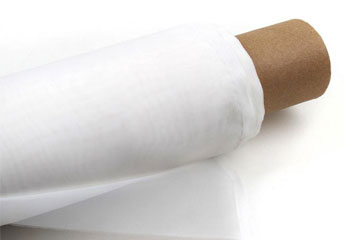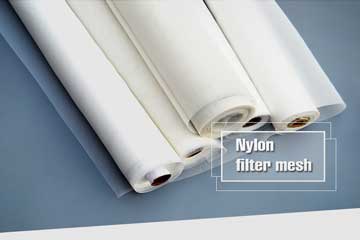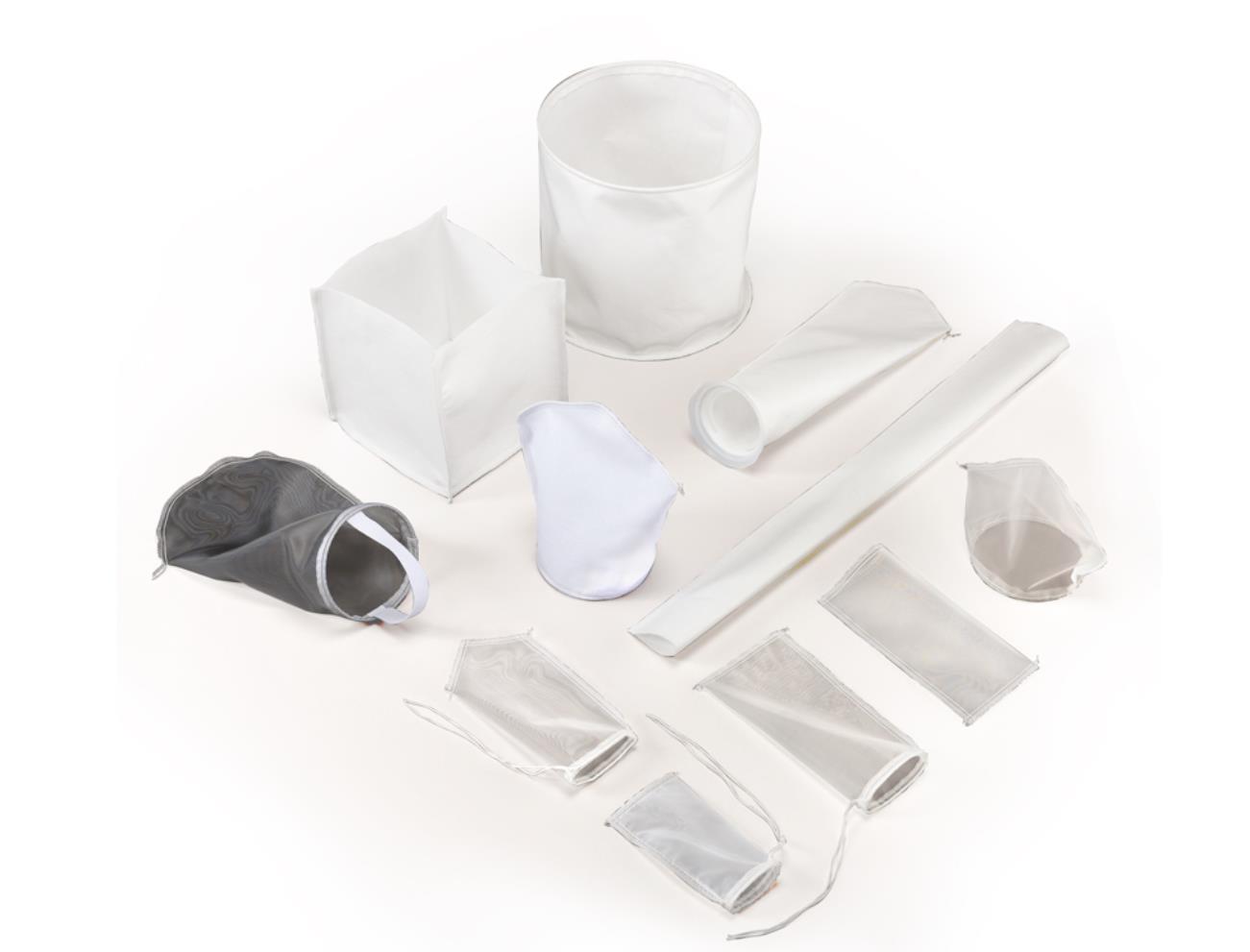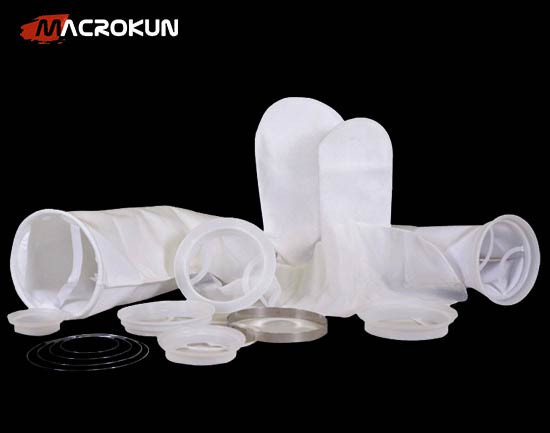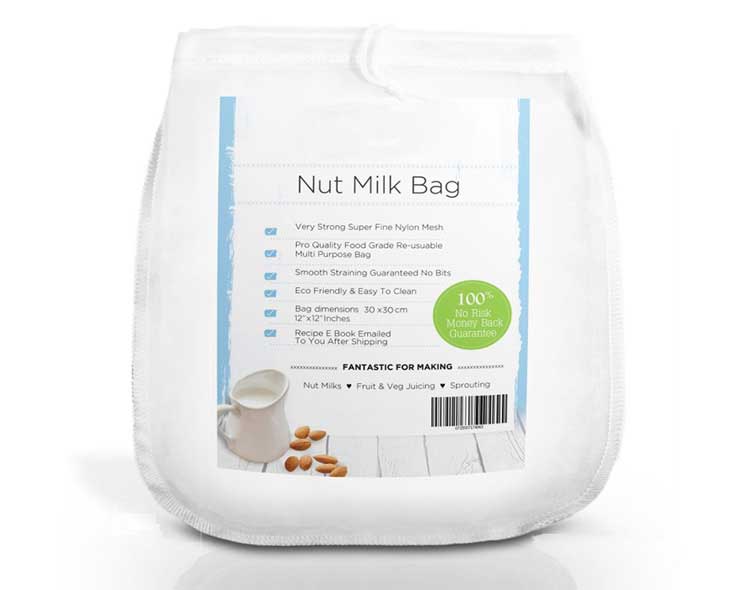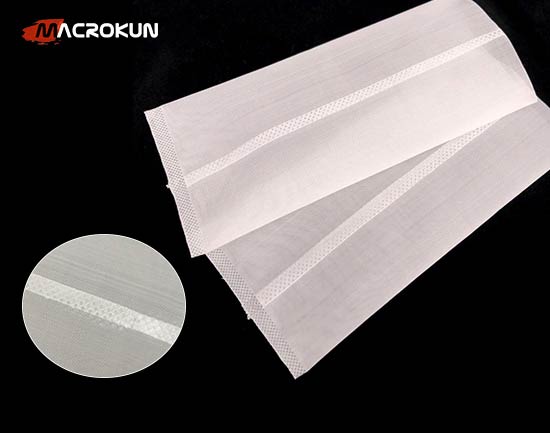Why the hydrophilic nylon membrane is the practical choice for labs and production
Keep a modest buffer of validated hydrophilic nylon membrane formats on hand, and rotate stock to avoid aging issues. With these simple steps the membrane becomes a predictable consumable that supports consistent data and smooth production runs.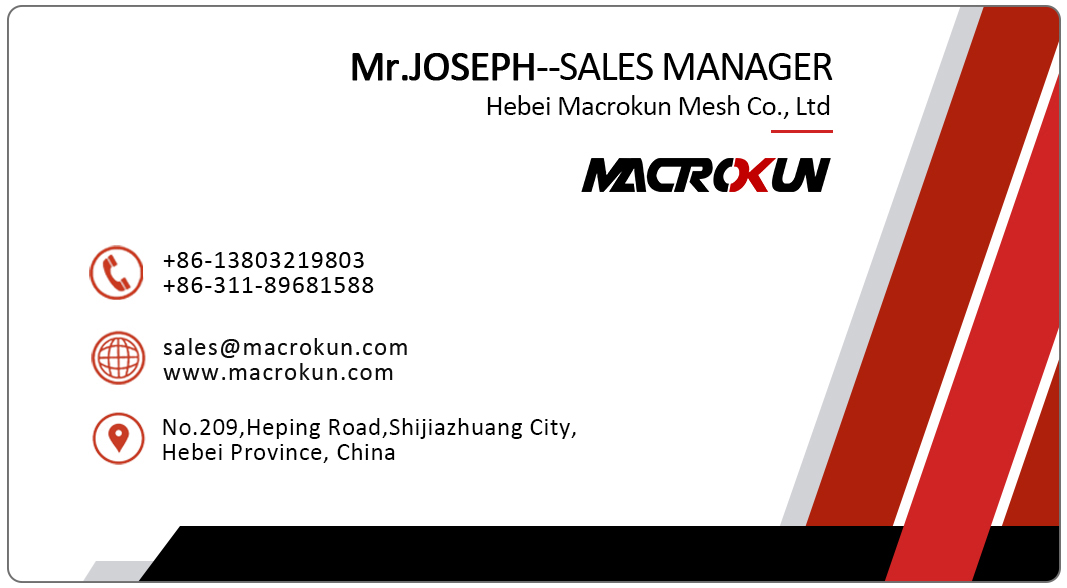
When filters matter, the right membrane saves time, prevents column fouling, and reduces repeating costly runs. The hydrophilic nylon membrane combines fast wet-out, broad compatibility with aqueous and many polar organic solvents, and mechanical robustness — traits that make it a go-to choice for HPLC sample prep, routine clarification, and many QC or production checkpoints. Suppliers and lab engineers routinely rely on nylon’s balance of properties for everyday filtration tasks. Hawach+1
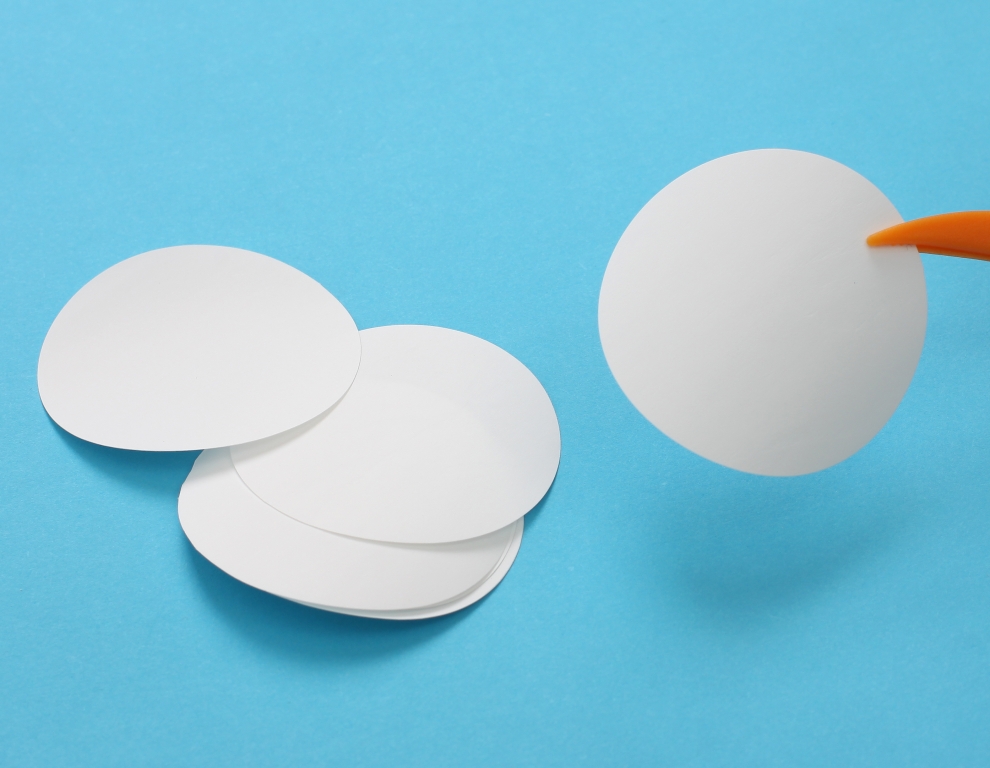
What a hydrophilic nylon membrane really is
A hydrophilic nylon membrane is a microporous polymer film — often supported with a polyester backing — produced with controlled pore sizes (commonly 0.1, 0.22, 0.45 µm and a broader range for coarse filtration). The membrane’s surface energy makes it wet easily with water and many polar solvents, eliminating the need for wetting agents for aqueous workflows and giving fast, reliable flow in syringe filters and disc formats. These practical characteristics explain why nylon membranes appear across product pages from major suppliers. sigmaaldrich.com+1
Key features that matter on the bench
When you evaluate a hydrophilic nylon membrane, focus on these features:
-
Wettability — wets immediately with water; good for aqueous sample prep. Cobetter
-
Chemical compatibility — tolerates many polar organics and alkaline solutions but check charts for extremes (strong oxidizers or concentrated acids). Econe Filtration
-
Mechanical strength — supported constructions resist tearing during vacuum filtration and handling. sterlitech.com
-
Low extractables and protein binding — important for trace analysis and bioassays; reputable vendors publish COAs. Cobetter
These are the practical attributes that determine whether a membrane will perform in your actual workflows, not just in a vendor spec sheet.
Formats and pore sizes — matching membrane to workflow
The hydrophilic nylon membrane is available in multiple standard formats:
-
Syringe filters (13/25 mm) — quickest route for single sample prep before HPLC/GC.
-
Disc filters (25/47/90 mm) — ideal for batch clarifications with manifold setups.
-
Rolls and sheets — used for larger housings or custom assemblies in production.
Pore sizes matter: choose 0.45 µm for general particulate removal and high throughput; choose 0.22 µm for bacterial retention or when sterility is required; choose 0.1 µm for specialized fine-particle exclusion. A staged filtration (prefilter with coarser pore, finish with finer pore) often gives the best balance of flow and lifetime. 膜解决方案+1
Typical applications where nylon wins
You’ll commonly find the hydrophilic nylon membrane used in:
-
HPLC sample preparation — preventing column clogging and preserving column life. Hawach
-
QC and routine lab clarification — fast wetting and low extractables make nylon convenient. Tisch Scientific
-
Compatibility testing and solvent filtration — many polar organics work well with nylon; verify with vendor charts. ALWSCI
Because of this versatility, labs often standardize on a nylon membrane for general procedures and reserve specialty membranes for edge-case chemistries.
How hydrophilicity changes day-to-day use
Hydrophilicity means the membrane takes up water without surfactants or special pretreatment. In practice this reduces preparation steps, speeds throughput, and lowers the risk of air pockets that can interrupt filtration. For routine aqueous filtrations, a hydrophilic nylon membrane will usually give a faster and more predictable flow than hydrophobic materials that require prewetting. Cobetter
Comparing nylon with PES and PTFE — quick guide
A useful rule of thumb when selecting membranes:
-
PTFE — best for aggressive organic solvents and nonaqueous systems (hydrophobic unless specially treated).
-
PES — often lower protein binding, good for biological fluids and some aqueous applications.
-
Nylon — excellent for aqueous and many polar organic uses, robust mechanically, and broadly available in many formats.
Choosing the right material depends on solvent system, analyte sensitivity, and whether low binding or solvent tolerance is your priority. When in doubt, run a short validation with your specific matrix. ALWSCI+1
Purchasing: what to check on the product page
Before placing an order for a hydrophilic nylon membrane, verify:
-
Exact pore size and format (matches your fittings and throughput). Cobetter
-
Certificate of Analysis (COA) for pore distribution and extractables. sigmaaldrich.com
-
Sterility status if used for sterile filtration (gamma-sterilized or sterile packed). hawachmembrane
-
Backing/support information (supported membranes handle vacuum and manipulation better). sterlitech.com
These checks catch the majority of procurement mismatches before they impact the bench.
Incoming inspection and quick validation protocol
A short acceptance routine prevents surprises:
-
Inspect packaging seals, lot number and COA on arrival.
-
Run a spot filtration of your matrix to confirm flow rate and check for color or odor that would indicate extractables.
-
If sterility is claimed, include a basic microbial retention verification per your lab SOPs.
-
Log lot numbers and sample results for traceability.
This lightweight QC ensures every batch of hydrophilic nylon membrane behaves as expected in your workflows.
Maintenance, handling and storage
To preserve membrane integrity:
-
Store in original sealed packaging in a cool, dry place.
-
Handle discs and filters by edges using gloves or tweezers to avoid contamination.
-
For reusable housings, follow recommended cleaning solvents and avoid harsh oxidizers that can damage nylon.
Good practices extend membrane life and prevent background interference in sensitive assays.
Cost vs value — how nylon pays back
While prices vary by format and pack size, the true value of a hydrophilic nylon membrane is measured in uptime, reduced rework, and fewer damaged analytical columns. A slightly higher price for certified, supported membranes often saves money by reducing sample reruns and instrument maintenance. For routine lab operations, calculate total cost of ownership, not just unit price.
Practical buying strategies
-
Sample first: buy a small pack to validate with your matrix.
-
Standardize: choose one or two formats across shifts to reduce variability.
-
Buy bulk for production: once validated, bulk purchase reduces unit cost — but request COAs for each lot.
-
Keep a buffer stock: avoid downtime caused by shipping delays.
These simple procurement habits make the difference between reactive buys and predictable supplies.
Common pitfalls and how to avoid them
-
Choosing the finest pore size by default — leads to frequent clogging. Pick the coarsest pore that still meets your analytical need.
-
Skipping COA checks — without COAs, batch variability can cause inconsistent results.
-
Mismatching format to holders — measure fittings first to avoid returns.
-
Neglecting sample validation — always check a real sample before scaling purchases.
Prevent these errors and the membrane becomes an enabler, not a bottleneck.
Final recommendation — make performance predictable
Adopt a short validation workflow (sample → test → accept → bulk purchase) and document acceptance criteria. Keep a modest buffer of validated hydrophilic nylon membrane formats on hand, and rotate stock to avoid aging issues. With these simple steps the membrane becomes a predictable consumable that supports consistent data and smooth production runs.
RELATED PRODUCTS
RELATED ARTICLES
Tags:
